Ten years ago, the car to the countryside set off a trend; ten years later, the car to the countryside stood at the intersection
On November 18, the topic of "promoting consumption" was once again put on the table of the executive meeting of the State Council, and the focus was on large-scale consumption. As a result, the words "cars to the countryside" were once again captured by many media and car companies, becoming the title of the article or promotional keywords, and were forwarded and brushed.
The Standing Committee of the National People’s Congress proposes to stabilize and expand automobile consumption: Encourage localities to adjust and optimize purchase restrictions, and increase the number plate quota. Launch a new round of car sales to the countryside and trade-in, encourage qualified areas to purchase 3.5 tons and below trucks and 1.6 liters and below passenger cars for rural residents, and provide subsidies for residents to phase out National III and below emission standard cars and buy new cars; strengthen the construction of parking lots, charging piles and other facilities.
First, two keywords can be distilled: "encouragement" and "passenger cars". Who will encourage, who will be encouraged to do what, and what will be encouraged? Obviously, it is very different from the 2009-2010 plan.
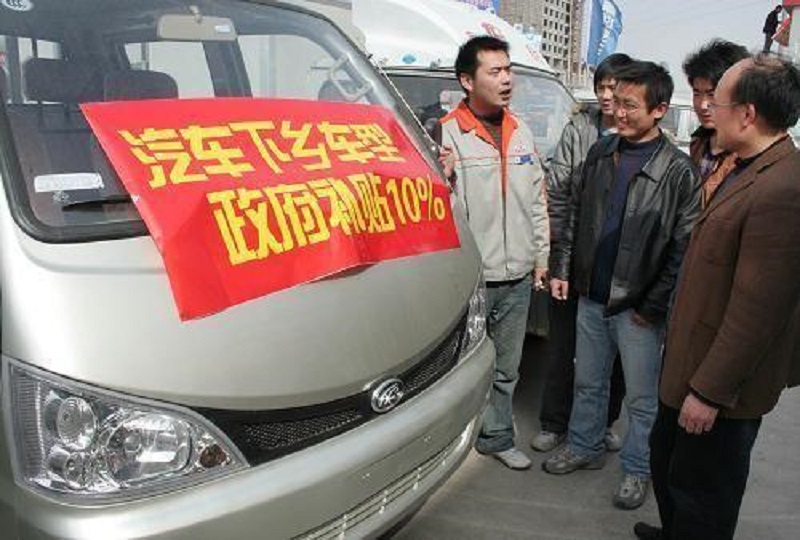
Recall: On January 14, 2009, the State Council announced the "Plan for Adjustment and Revitalization of the Automobile Industry", proposing that from March 1 to December 31, 2009, the state will arrange 5 billion yuan for farmers to scrap three-wheeled vehicles, buy light trucks and buy mini-buses with a displacement of less than 1.3 liters, etc., to give one-time financial subsidies; in early 2010, the implementation of the "car to the countryside" policy was extended for one year to December 31, 2010. During this period, farmers not only enjoy the preferential policy of halving the purchase tax, but also enjoy the preferential policy of higher price subsidies,Crossover passenger vehicles (i.e. vans) were the biggest beneficiaries, reaching 1.9505 million in 2019.
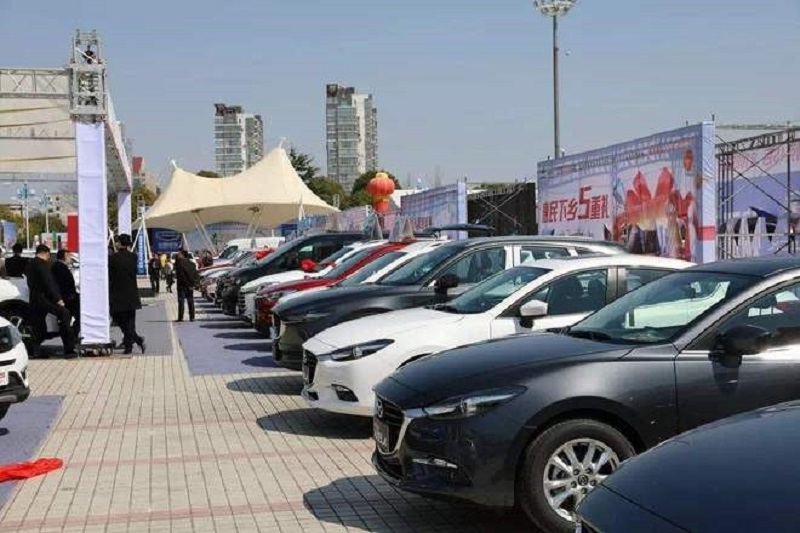
In this round, it is clear that minivans and passenger cars are the core commodities of "cars to the countryside", which is very understandable. In addition to the clear transportation function, with the upgrade of consumption, rural families will choose cars and SUVs for the new round of purchases. At the same time, to stimulate consumption, of course, we must consider whether the supply side can maximize benefits, and it is necessary to support Chinese brands. Compared with 8-10 years ago, relying on 50,000 yuan van to fight the world, after the baptism of competition independent brand research and development and manufacturing level has been significantly improved, the current car market pattern, especially the SUV market, many domestic models have occupied a certain market position, but also formed a certain channel foundation, 10-150,000 price is basically the majority of rural consumer groups are willing to accept the range; but with the joint venture car series of dimensionality reduction blow, domestic models to go up the competitive pressure is actually more and more, if able to further sink the low-line market, which will undoubtedly help many independent car companies to stabilize, expand market share.
But the question of "going to the countryside" in "cars to the countryside" is more interesting. The author’s understanding is that "going to the countryside" here is not about putting new cars in the fields to sell, but to find people with rural hukou and spending power. And where are these people active? What are their specific needs for model purchase? I am afraid that after a decade, the differentiation is also very large.
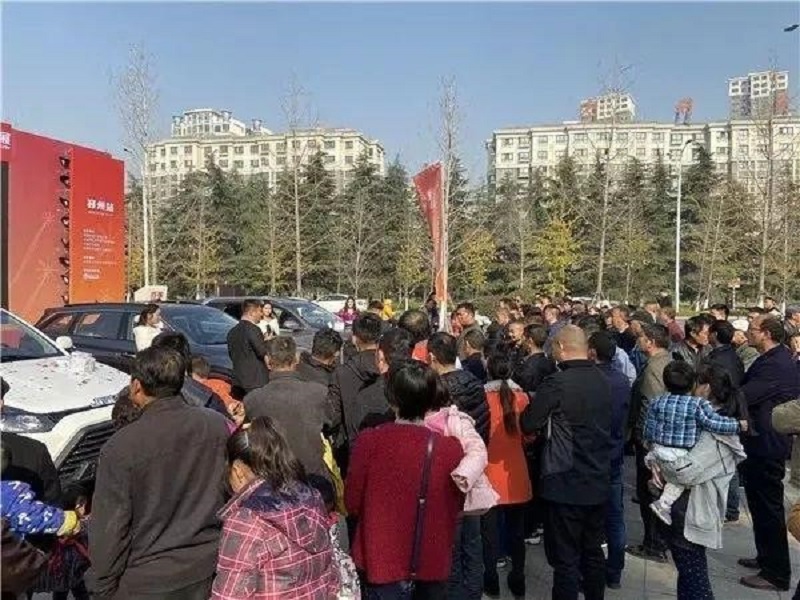
In my mind, the first impression of this kind of people may be that migrant workers go to the city to work hard and stay in the city, which is almost the dream of a generation ago. Under the tide of urbanization construction, large and medium-sized cities have been absorbing new citizens, and the urban population distribution shows the characteristics of "small city base, big city development". According to the demographic structure of developed countries, relevant experts and scholars predict that the population of large cities and megacities will increase in the future.
At the same time, a new phenomenon that has been noticed here is that the current views on "rural hukou" are actually becoming more and more diverse. Some young people inexplicably switched to urban hukou when they were in college, while others kept their rural hukou waiting for demolition benefits; while in some developed cities, many middle-aged couples tried their best to jump out of the "farm gate" in order to enter the city for their children to study… But in any case, the wallets of this rural population are actually inseparable from the traction of urban development. However, this part of the consumer group, for manufacturers with strong operating capabilities at the end point, has actually mastered it more clearly. It is only necessary to clarify favorable policies, or to welcome a wave of increases.
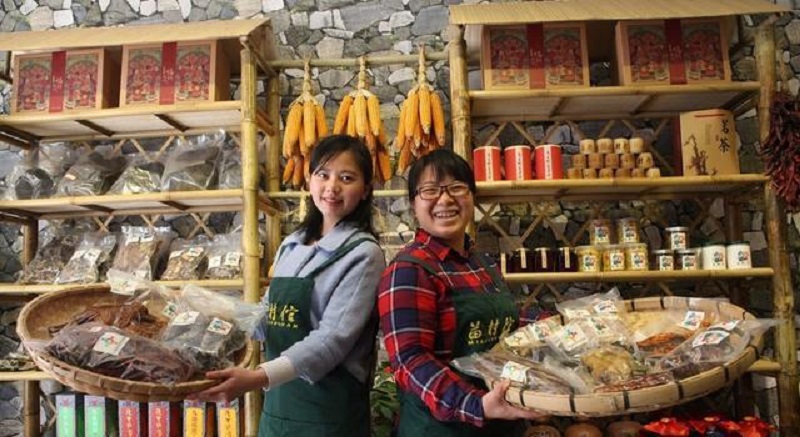
With the unstoppable urbanization, there is also the never-ending rural construction.Scrolling through the Internet, you can find policies such as "China’s Rural Revitalization Plan", "Beautiful Countryside", and "Characteristic Town". However, due to different situations in different places, the level of development is naturally uneven.
According to the "China Township Comprehensive Competitiveness Report 2019", "China’s top 100 towns in 2019 are mainly concentrated in the eastern part of our country. Among them, 38 are in Jiangsu, 31 in Guangdong, 13 in Zhejiang, 7 in Shandong, 5 in Fujian, 4 in Hebei, 1 in Henan, and 1 in Guizhou. The average population of the top 100 towns is 228,600; the average public fiscal revenue is 1.925 billion yuan, an increase of 119 million yuan over the previous year; the average number of industrial enterprises is 2891, an increase of 384 over the previous year; the average number of industrial enterprises above designated size is 187, an increase of 4 over the previous year. "- It is worth mentioning that the" strong "in it refers to the economic scale, economic vitality and per capita level, excluding the regional GDP, which may better represent the individual’s consumption power.
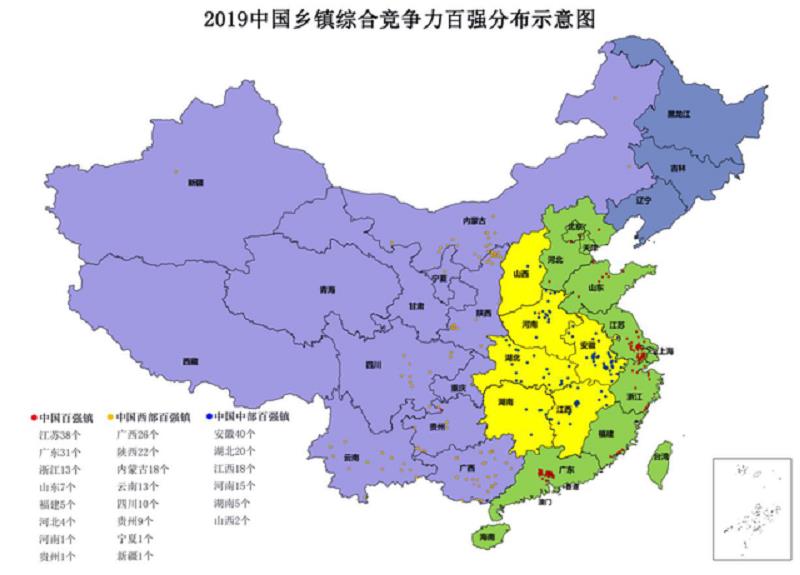
(Image from the Internet)
When it comes to the individual economic strength of rural towns and villages, it is necessary to mention the current development of rural e-commerce.Whether it is the increasing number of agricultural and sideline product advertisements in the circle of friends, or the sinking of major e-commerce networks into the countryside, or the phenomenon of rural food culture similar to Li Ziqi’s, rural commerce is connecting with the urban economy through another form. According to the "National Rural Industry Development Plan (2020-2025) " issued by the Ministry of Agriculture and Rural Affairs, the online retail sales of agricultural products should grow at a rate of 16.5% and reach 1 trillion yuan in 2025, pointing to the next billion-dollar market – the rise of express delivery and logistics will drive rural infrastructure.
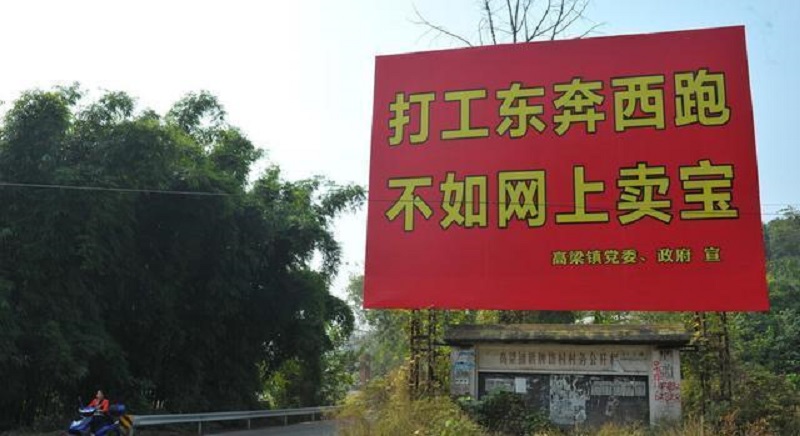
In this round of cars to the countryside, "strengthening the construction of parking lots, charging piles and other facilities" was also mentioned.This reminds me of the activity of new energy vehicles going to the countryside a while ago. In fact, in recent years, there has been a debate on whether new energy vehicles are suitable for the rural market. For rural residents with a small living radius, small electric vehicles with low cruising range are actually very convenient, and charging parking spaces are not as tight as in cities. You can just leave the car at the door. But due to conceptual issues and imperfect infrastructure, I am afraid that many rural consumers are not willing to accept electric vehicles at present, and the problem of after-sales guarantee is also a problem – so the promotion of new energy vehicles in rural towns and villages is also a systematic project.
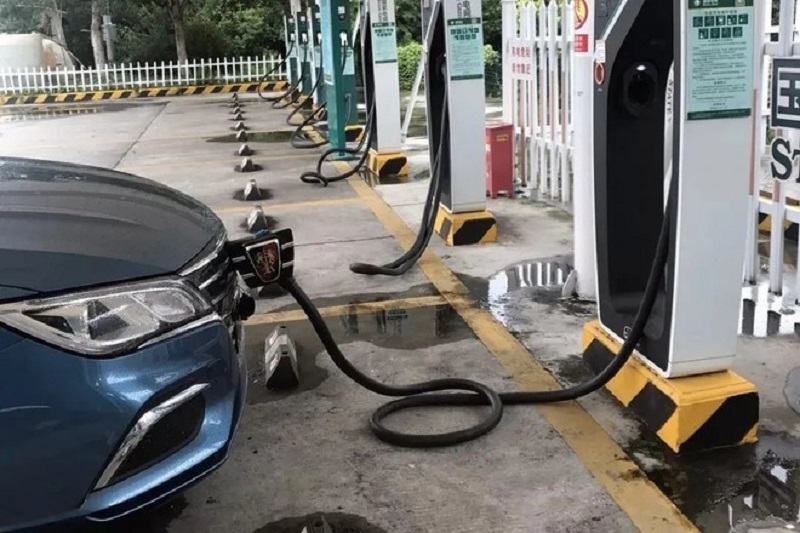
In addition to the above background, there are still many problems in the promotion of automobiles to the countryside that need to be solved by many parties. The first one is who will pay for this subsidy? It depends on the progress of the reform of the fiscal and taxation system. For example, the credit history of financial loans, the laying of after-sales maintenance outlets, the identification and process of trade-in… It is not easy to do everything.
Analyzing this, it is not difficult to understand why the "main, meaning, object, fixed, status and supplement" of this round of automobile going to the countryside policy is not as clear as it was ten years ago. Stimulating consumption is a guide, and the upstream and downstream economic chains that the automobile industry can drive are very long – but in this round of stimulus, the national level needs to consider not only quantitative issues, but also structural issues. Just as the automobile industry is in a complex transformation stage, it is necessary to avoid being too hasty. Therefore, "automobile going to the countryside" may be a dynamic and gradual process in recent years, and it needs to be gradually clarified by synthesizing the development of various aspects.